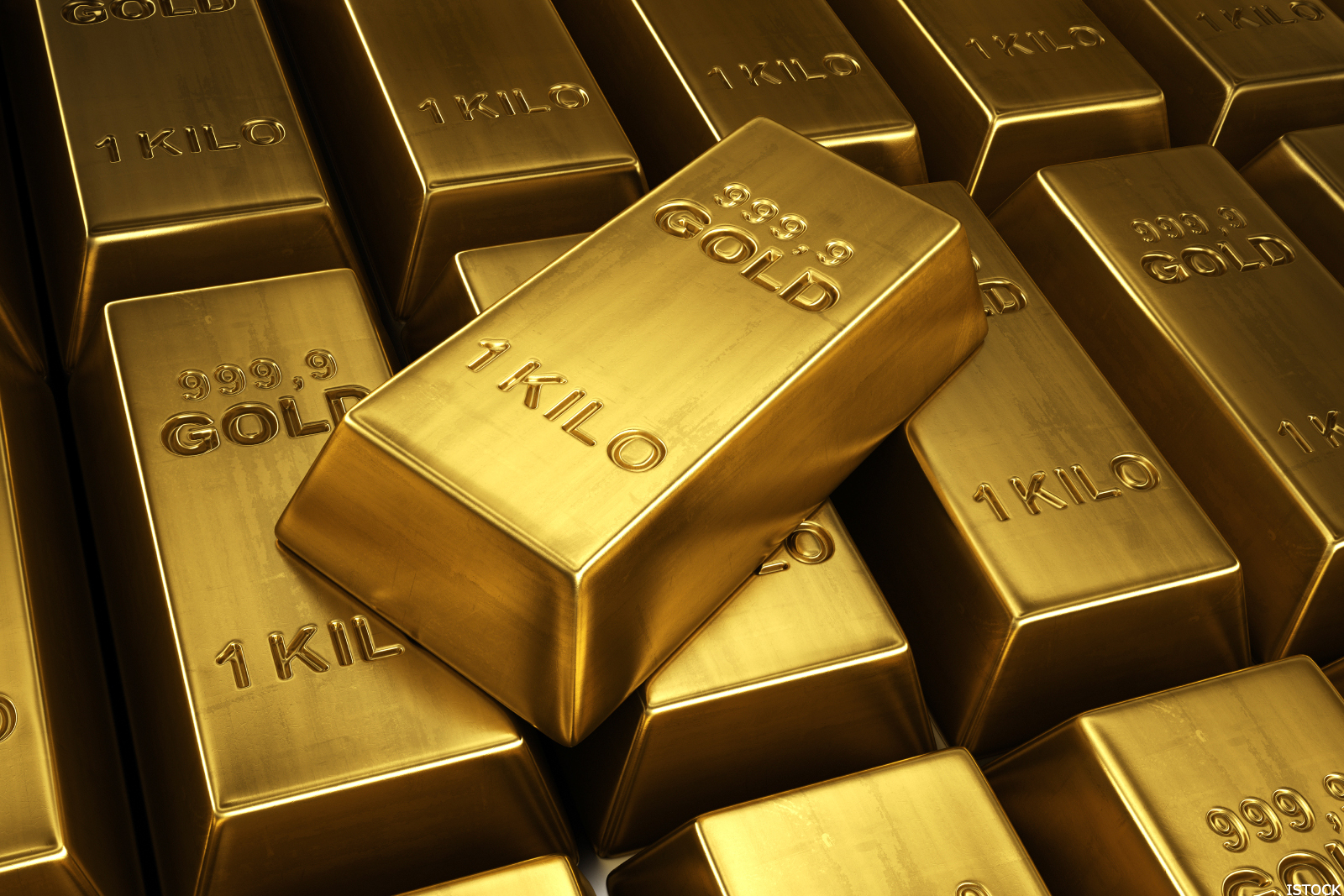The issue of when a global reserve currency begins or ends is not an exact science. There are no press releases announcing it, and neither are there big international conferences that end with the signing of treaties and a photo shoot. Nevertheless one can say with confidence that the reign of every world reserve currency has to come to an end at some point in time.
During a changeover from one global currency to another, gold (and to a lesser extent silver) has always played a decisive role. Central banks and governments have long been aware that the dollar has a sell-by date as a reserve currency. But it has taken until now for the subject to be discussed openly, mises.org reported.
The fact that the issue has been on the radar of a powerful bank like JP Morgan for at least five years, should give one pause. Questions regarding the global reserve currency are not exactly discussed on CNBC every day. Most mainstream economists avoid the topic like the plague.
The issue is too politically charged. However, that doesn't make it any less important for investors to look for answers. On the contrary. The following questions need to be asked: What indications are there that the world is turning its back on the US dollar? And what are the clues that gold's role could be strengthened in a new system?
The mechanism underlying today's “dollar standard” is widely known and the term “petrodollar” describes it well. Oil producers “recycle” these “petrodollars” into US treasuries. This circular flow of dollars has enabled the US to pile up a towering mountain of debt of nearly $20 trillion—without having to worry about its own financial stability. At least, until now.
Simmering Shifts in Global Currency
For a long time the basis on which this global currency system rests was poorly documented. Finally, Bloomberg published a comprehensive article in May 2016, which provided detailed confirmation of the agreement that was hitherto only known as a rumor. The trend becomes ever more tangible and can be described by the following term: de-dollarization.
The world is looking for alternatives to the dollar—and finds them more and more often. At the same time the big oil producers and the largest exporters have stopped accumulating US debt securities. In one sentence: Since 1973 the dollar standard has been based on “usage demand” for dollars—they were needed. But when China and Russia find alternatives for their bilateral trading activity, they need fewer dollars. The same applies to European countries which have adopted the euro since 1999.
There have been many attempts by various nations to undermine the dollar's preeminence in recent decades. Some were nipped in the bud by US interventions—such as the plan of Iraq's former dictator Saddam Hussein to sell oil for euros. Or the rumored plan of Libya's ruler Muammar al-Gaddafi to issue a pan-African gold currency.
Sino-Russian Agenda
At present the driving forces with regard to de-dollarization are primarily Moscow and Beijing.
There exist numerous political statements in this context which leave no room for doubt. The Russians and Chinese are quite open about their views regarding the role of gold in the current phase of the transition.
The topic of currencies and gold is on the Sino-Russian agenda again. In March, Russia's central bank opened its first office in Beijing. Russia is preparing to place its first renminbi-denominated government bond. Both sides have intensified efforts in recent years to settle bilateral trade not in US dollars, but in rubles and yuan. Gold is considered important by both countries.
The gradual move away from the USD to a multi-polar monetary order has several important effects, which only make sense when viewed through this lens. Contrary to what is asserted in most mainstream reports, oil-producing countries are not so much interested in a much higher oil price in USD terms, but rather in competition for market share.
They are increasingly able to choose in which currencies they want to trade. The most important effect has become evident since 2014: two of the largest holders of US treasuries (China and Saudi Arabia) have abandoned their support of Washington. On the other hand, oil producers have no interest in recycling their revenues as “petrodollars”.
The process of moving away from the dollar—prepared by Europe and triggered by China and Russia—can no longer be stopped. And as a “supra-national” reserve asset, gold plays an important role in it.


